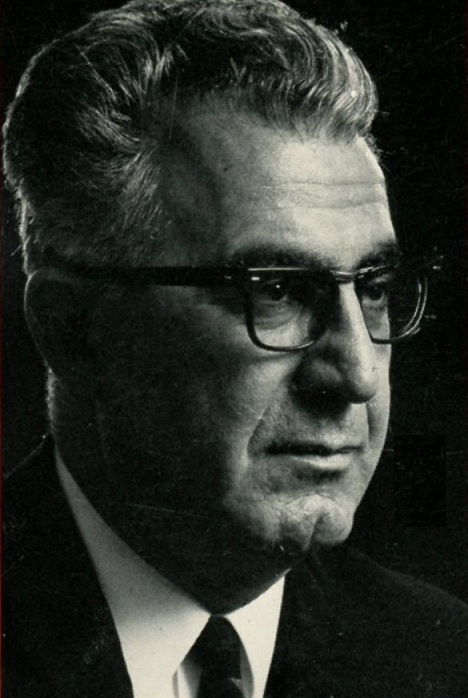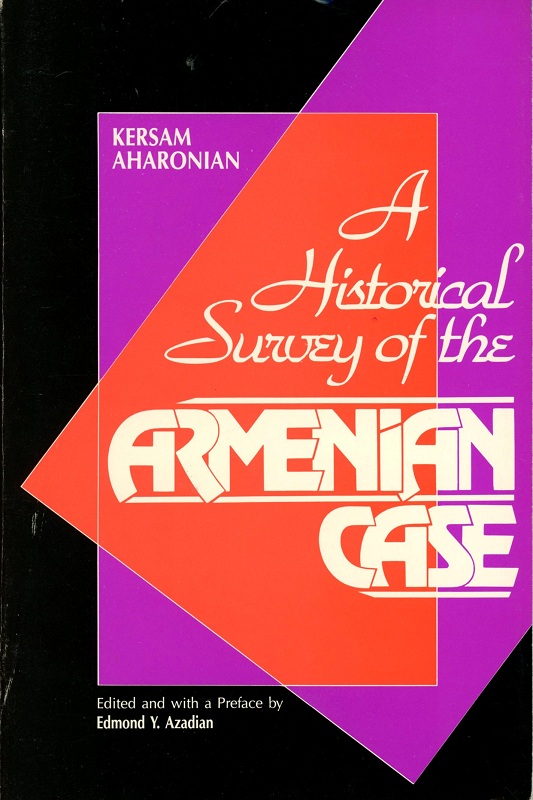L'auteur | |
 | Editor in Chief of Zartonk Armenian Newspaper from 1946 to 1981, one of the most prominent Liberal Democrat politicians of the Armenian Diaspora.
Kersam Aharonian was born on November 9, 1916, in Marash, when his parents were on the deportation route from their native Zeitoun to the Syrian deserts. He was so proud of the heroic history of Zeitoun, where Armenians led a semi-independent life for many centuries (long after the fall of the last Armenian Kingdom in Cilicia, 1375), that he always claimed to be native of Zeitoun. He was a graduate of the Melkonian Educational Institute of the Armenian General Benevolent Union (1937) where he later served as a teacher. He also attended the Aleppo College in Aleppo, Syria. The American Academy of Sciences of New York conferred upon him an honorary doctorate in Humanities (1971). In 1948 he became the editor of the daily "Zartonk” and he served in that capacity until the end of his life in 1981. He was one of the founders of the literary monthly "Ani", along with its editor the poet, Vahe Vahian. Most of his literary essays have appeared in that magazine. His first volume entitled "On March to the Great Dream" was published in 1964. The book was a survey of the Armenian case and it was published on the eve of the 50th anniversary commemorations. It was followed by a second volume entitled "Thoughts on the Aftermath of the 50th Anniversary" (1966) which evaluated the political movement generated by the 50th anniversary commemorative activities. His major work was a I2')0 page volume published in 1965 compiling valuable documents, memoirs, statistics and commentaries on the Armenian Genocide. It was one of the most extensively used source books on the topic. Aharonian was an educator and after Melkonian, he also taught at three AGBU institutions in Beirut, Lebanon: Hovagimian-Manoukian School for Boys, Tarouhi Hagopian Girls' School and Yervant Hussisian Armenological Institute, teaching Armenian and world history, geography and economics. He was one of the founders of the fekeyan Cultural Association. He was in the process of writing his fourth volume, "The History of the Armenian Democratic Liberal Party", when he died in 1981. He is survived by his wife, the pianist Sona (Vartabedian), a son, Shahe, and a daughter, Anahid. |

